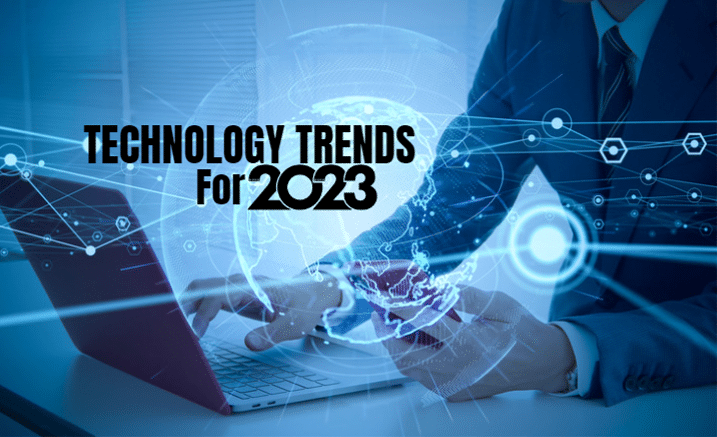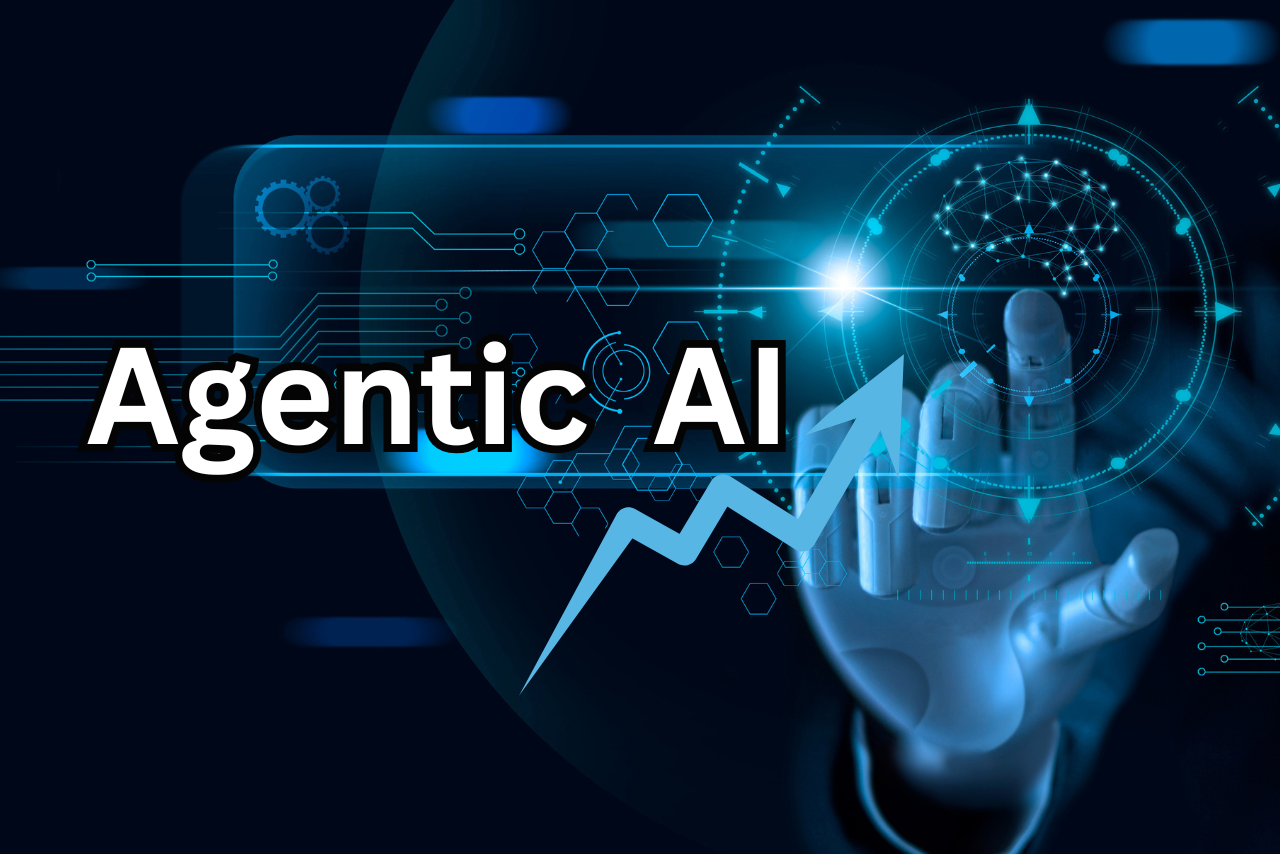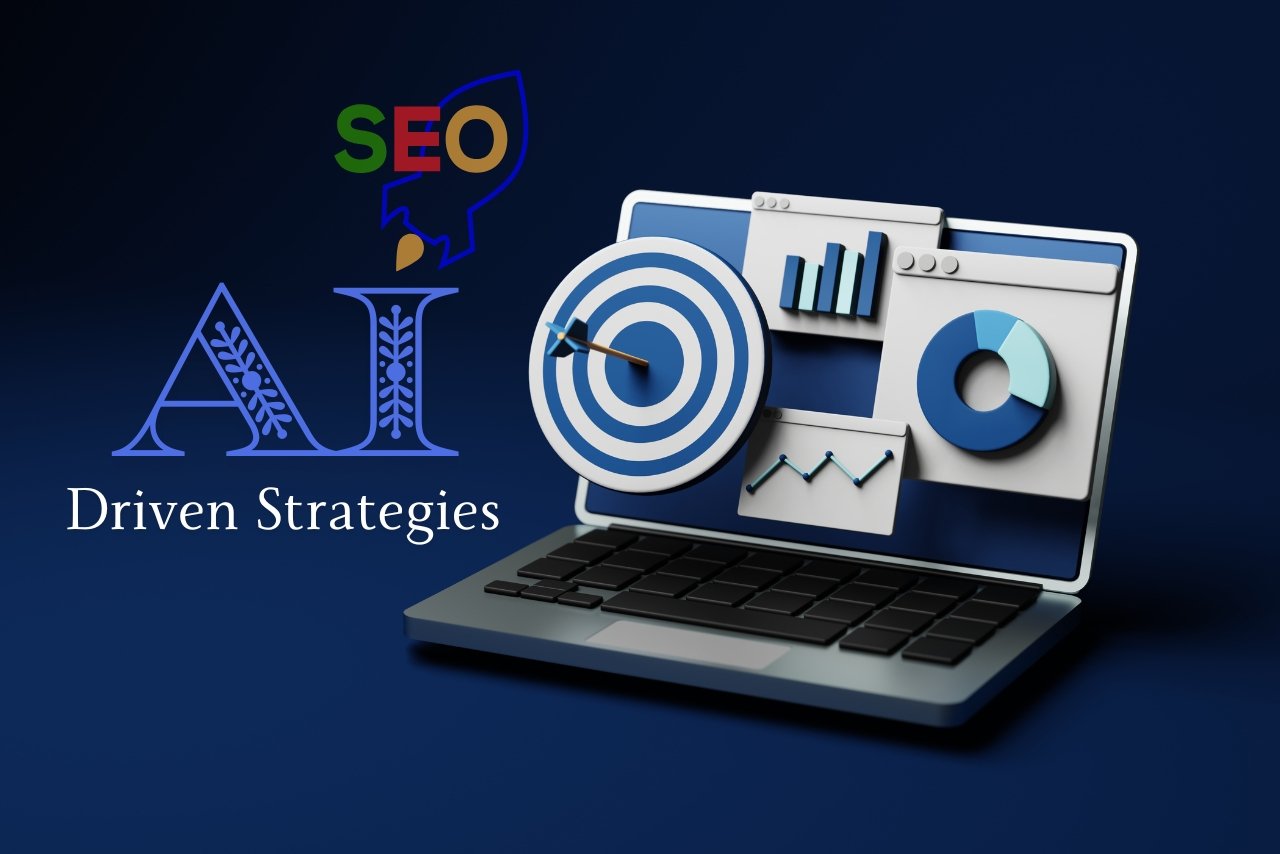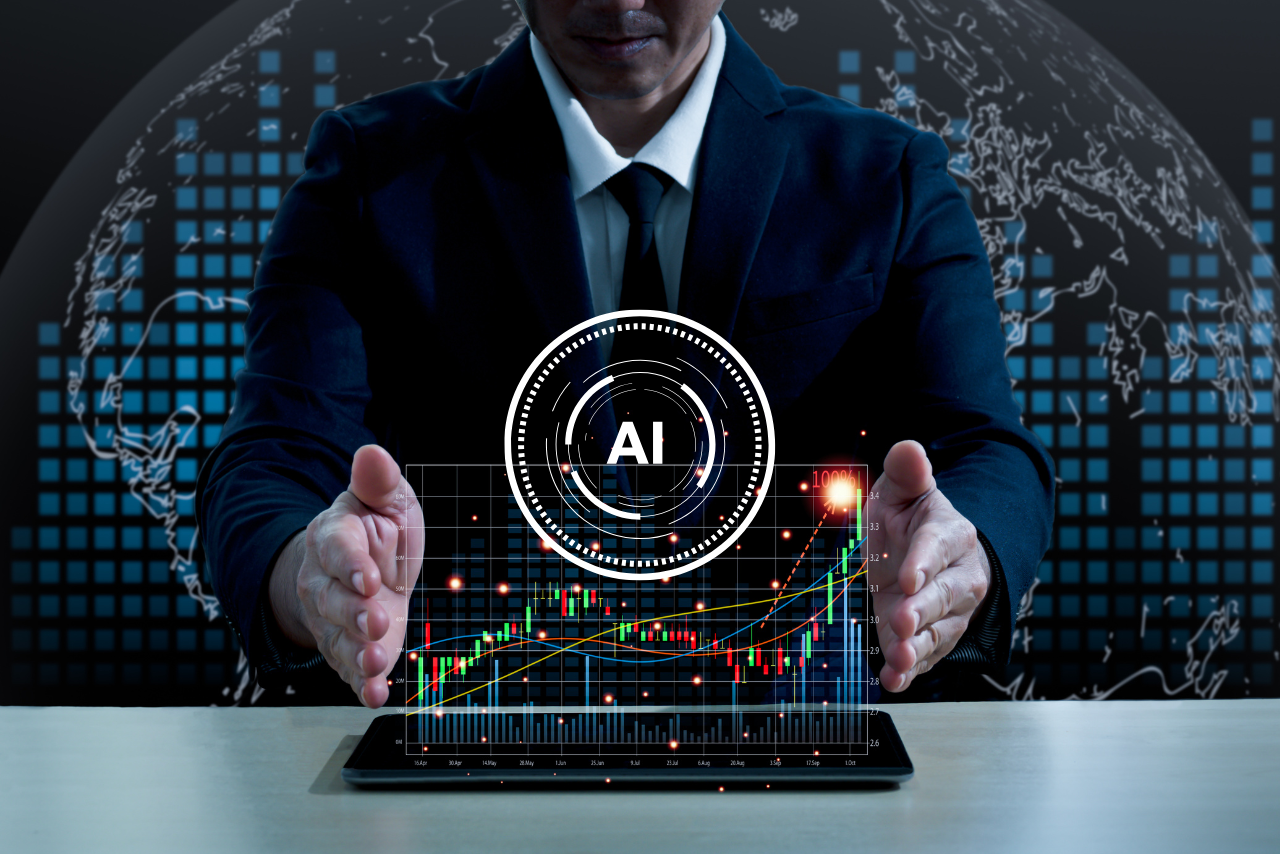Technology is advancing so quickly that it sometimes seems to be moving faster than light! This week’s popular programming language or piece of technology might be outdated in a few days!
Computer scientists and professionals are constantly adjusting and enhancing existing technologies to get the most out of them as more and more money is invested in research and development.
As a result, nearly every hour, a new programming language, library, patch, or plug-in is released. You must continually learn the newest technological concepts if you want to grow with this rapid pace of development.
We’ll examine the Technology Trends that are most in demand right now. Discover the newest skills you should learn to get a job.
Latest Technology Trends of 2023
Learning new things and improving your skills are essential in this technological age. It helps prepare you for securing the best-paying jobs in the industry of your choice.
Additionally, if you already work in a profession, becoming knowledgeable about new technologies and tools will move you one step closer to the promotion you’ve always wanted. Extending your toolbox also increases your value as a professional in your organization.
These cutting-edge technologies will rule the IT sector in 2023 and the following years.
- Blockchain
- Data Science
- Artificial Intelligence (AI) and Machine Learning
- Robotic Process Automation (RPA)
- Virtual Reality
- Computing Power
- 3D Printing
- Genomics
- Quantum Computing
- CyberSecurity
1. Blockchain
Blockchain is the underlying technology that powers digital currencies, such as cryptocurrencies. A Blockchain is essentially a shared electronic ledger that numerous users can use. This makes it easier to create irreversible records of transactions. These records are all time-stamped and connected to one another.

Thus, each new transaction recorded in the ledger is added as a block to the ongoing chain of transactions, rising to the term. Blockchain is updated only when all parties involved in the ledger are in agreement. A block of data that has been updated cannot be erased. This makes technology secure and verifiable.
Companies can lower their costs because there is no need to pay a third party thanks to this validation of transactions. The technology’s decentralized nature makes the system secure, and there is no need to pay centralized entities. Blockchain makes it simpler to track transactions.
2. Data Science

Data Science is one of the technology trends list because of cutting-edge technological concepts, which is unsurprising. The technology that aids in making sense of complex data is known as data science. You are aware that businesses produce enormous amounts of data every day.
This includes financial information, business information, sales information, customer profile data, and server information. The majority of this data is present as enormous, unstructured data sets, which data scientists must transform into structured datasets.
These data sets can then be examined for patterns and trends. These patterns help to understand how the business performs, how to keep customers, and how to improve these areas.
3. Artificial Intelligence (AI) and Machine Learning
Although artificial intelligence (AI) has gotten much attention over the past ten years.

Artificial Intelligence is already well-known for its superiority in many fields, including ride-sharing apps, smartphone personal assistants, image and speech recognition, navigation apps, and more.
AI will be used to examine interactions, uncover underlying relationships and insights, and forecast demand for services like hospitals so that decision-makers can allocate resources more effectively. Identify changing customer behavior patterns as well by quickly analyzing the data. These programs will boost sales and enhance personalized interactions.
A subset of AI called machine learning is also used in many industries, increasing the need for skilled workers. Automation, AI, and machine learning are predicted to create 9% of all new jobs in the US by 2025.
4. Robotic Process Automation (RPA)

Robotic Process Automation, or RPA, is a technology that automates jobs like AI and Machine Learning. RPA refers to using software to automate business processes, including application interpretation, transaction processing, data handling, and even email replying. RPA automates daily tasks that previously required human labor.
Although Forrester Research projects that RPA automation will put 230 million or more skilled workers, or about 9% of the global workforce, in danger of losing their jobs, RPA is also changing and creating new jobs.
5. Virtual Reality

Virtual reality (VR) technology allows you to immerse yourself in a scene that appears incredibly realistic fully. It is the process of simulating an environment using computer technology. It is incredibly common to use it to play video games. Unlike traditional games, where you view the environment on the screen, you are placed in the environment.
In these settings, senses like touch, hearing, smell, and vision are simulated. You can move around and play the game in that 3D world using VR equipment, such as headsets. The technology used to enhance this virtual environment is augmented reality (AR).
Sony’s PlayStation VR (PSVR), Facebook‘s Oculus Rift, and HTC Vive are the three main competitors in this space.
6. Computing Power
Since almost every appliance and device in the digital age is now computerized, computing power has already cemented its position worldwide.

Furthermore, data science experts predict that the computing infrastructure we are currently constructing will only improve over the next few years, indicating that it is here to stay. Prepare for the 6G era, which will put more power in our hands and have devices around us.
We already have 5G. Even better, increased computing power is creating more tech jobs, though these positions would necessitate specialized training for applicants. This industry will be the largest source of employment in every nation, generating jobs in everything from data science to IT management and robotics.
7. 3D Printing

Using 3D Printing to create prototypes is a significant trend in innovation and technology. This technology has had an impact on the industrial and biomedical fields. Although it is now possible, we had never considered printing actual objects from a printer.
Consequently, 3D Printing is another innovation that will stick around. Businesses in the data and healthcare sectors that require a lot of 3D Printing for their products can choose from many well-paying jobs available globally. You must be well-versed in artificial intelligence, machine learning, modeling, and 3D Printing.
8. Genomics

Imagine having access to a technology that could analyze your DNA and assist you in preventing and treating illnesses. The study of DNAs and genes and their mapping, structures, and other properties is the subject of genomics.
Additionally, this can assist in quantifying your genes and lead to discovering diseases or other potential issues that may become health problems. Numerous technical and non-technical positions are available within a field like genomics.
Technical jobs in this field are exclusively concerned with designing, analyzing, and diagnostics, while non-technical jobs concentrate on more in-depth research and theoretical analysis.
9. Quantum Computing
Quantum computing, which uses quantum phenomena like superposition and entanglement, is the following notable technological development.

Its remarkable ability to quickly query, monitor, analyze, and act on data, regardless of source, this technology trends is also helping prevent the coronavirus’s spread and develop potential vaccines.
Banking and finance is another industry where quantum computing detects fraud and manages credit risk for high-frequency trading.
Today’s quantum computers are much faster than conventional computers, and major companies like Honeywell, Splunk, Microsoft, Google, AWS, and many others are working to advance this technology.
In 2029, the global quantum computing market is anticipated to generate more than $2.5 billion in revenue. Additionally, you must be proficient in quantum mechanics, probability, linear algebra, information theory, and machine learning to succeed in this emerging technology field.
10. CyberSecurity

Cybersecurity is not a new technology, given its lengthy history, but it is developing like other technologies. This is in part because new threats are constantly emerging.
The malicious hackers attempting to gain unauthorized access to data won’t give up anytime soon and will keep looking for ways to get around even the strictest security measures. Additionally, it’s partly because security is being improved by utilizing new technology.
Cybersecurity will continue to be one of the technology trends as long as there are hackers because it is constantly changing to thwart them.
Multiple New Technology Trends and One Way to Survive Them
Although technologies are constantly evolving and advancing all around us, current and future technology trends offer promising career potential. This is an excellent time for you to choose one of these emerging technologies, get trained in it, and join at the beginning, setting yourself up for success both now and in the future.







